Are you struggling with an anxious puppy that just won’t calm down? 🐶😟 You’re not alone. Many new pet parents find themselves at their wits’ end, trying to soothe their furry friend’s nerves. But what if we told you there’s a little-known trick that could instantly calm your anxious pup?
Imagine being able to transform your puppy’s behavior from frantic to peaceful in mere moments. It sounds too good to be true, doesn’t it? Yet, this game-changing technique is backed by expert knowledge on canine behavior and anxiety management. From understanding the root causes of puppy anxiety to creating a calm environment, we’ve uncovered the secrets that professional trainers use to build confidence in young dogs.
In this blog post, we’ll reveal the surprising method that’s been hiding in plain sight. You’ll discover effective calming techniques, positive distraction methods, and even professional approaches to anxiety management. Plus, we’ll guide you through common mistakes to avoid, ensuring you’re equipped with all the tools you need to help your puppy thrive. Ready to unlock the key to a calmer, happier pup? Let’s dive in! 🔑🐾
Understanding Puppy Anxiety
Common causes of anxiety in puppies
Puppy anxiety can stem from various sources, including fear, separation, and environmental changes. Fear-related anxiety often arises from loud noises, unfamiliar people or animals, and new situations like vet visits. Separation anxiety affects about 14% of dogs, leading to destructive behaviors when left alone. Changes in the environment, such as introducing a new baby or moving homes, can also trigger anxiety in puppies.
Recognizing signs of stress and anxiety
| Anxiety Symptoms | Description |
|---|---|
| Aggression | Directed at people or other animals |
| Destructive behavior | Chewing, digging, especially near entry points |
| Excessive vocalization | Barking, whining, howling |
| Physical signs | Panting, drooling, pacing, restlessness |
Now that we’ve covered the causes and signs of puppy anxiety, we’ll explore how to create a calm environment to help alleviate these issues.
Creating a Calm Environment
Now that we’ve explored the root causes of puppy anxiety, let’s focus on creating a calm environment to help soothe your anxious furry friend.
Establishing a safe space with familiar items
Creating a dedicated safe space for your puppy is crucial. Include familiar items like their favorite toys, blankets, or bedding to provide comfort. This area should be quiet and away from high-traffic zones in your home.
Using calming music and soft tones
Soothing sounds can significantly reduce puppy stress. Consider playing:
- Classical music
- Nature sounds
- White noise
| Sound Type | Benefits |
|---|---|
| Classical | Reduces heart rate |
| Nature | Mimics outdoor calm |
| White noise | Masks startling sounds |
Implementing a consistent routine
Establish a daily schedule for feeding, walks, and playtime. Consistency helps puppies feel secure and reduces anxiety by creating predictability in their environment.
With these calming techniques in place, we’ll next explore effective methods to actively soothe your anxious puppy.
Effective Calming Techniques
Now that we’ve established a calm environment, let’s explore effective techniques to soothe your anxious puppy instantly.
A. Gentle petting and slow interactions
Interacting calmly with your puppy is crucial for reducing anxiety. Use gentle, slow strokes when petting, and maintain a relaxed demeanor. This approach helps your puppy feel secure and lowers stress levels.
B. Teaching slow breathing exercises
| Breathing Exercise | Benefit |
|---|---|
| Deep inhales | Calms nerves |
| Slow exhales | Reduces tension |
C. Using distance from triggers to reduce stress
Gradually expose your puppy to anxiety triggers from a safe distance. As they become more comfortable, slowly decrease the distance. This method builds confidence and reduces stress over time.
With these calming techniques in mind, we’ll next explore positive distraction methods to further help your anxious puppy.
Positive Distraction Methods
Now that we’ve explored effective calming techniques, let’s focus on positive distraction methods to help soothe anxious puppies.
Engaging in calming games and activities
Playtime is crucial for reducing puppy anxiety. Regular, enjoyable activities tire out puppies and decrease misbehavior. Engage your puppy in calm games that promote relaxation and reward tranquil behavior. This approach not only distracts from anxiety triggers but also strengthens the bond between you and your pet.
Providing interactive toys and treats
| Interactive Toy Type | Benefits |
|---|---|
| Puzzle toys | Mental stimulation |
| Chew toys | Energy diversion |
| Treat-dispensing toys | Positive reinforcement |
Interactive toys are excellent for channeling nervous energy positively. Puzzle toys offer mental stimulation, while chew toys can divert excess energy. Treat-dispensing toys combine play with positive reinforcement, helping to create a calming association with specific objects.
Building Confidence to Reduce Anxiety
Now that we’ve explored positive distraction methods, let’s focus on building confidence to reduce anxiety in puppies.
A. Teaching dogs to earn rewards
Reward-based training is essential for building a puppy’s confidence. Use positive reinforcement to teach basic commands and tricks. This approach not only boosts self-assurance but also strengthens the bond between you and your puppy.
B. Engaging in confidence-boosting activities
| Activity | Benefits |
|---|---|
| Agility training | Improves physical fitness and problem-solving skills |
| Socialization | Exposes puppies to new environments and beings |
| Nose work | Engages natural instincts and builds focus |
C. Training emotional self-control
Gradually expose your puppy to various situations, allowing them to approach at their own pace. Practice short periods of alone time to prevent separation anxiety. With consistent confidence-building exercises, your puppy will be better prepared for professional anxiety management approaches, which we’ll explore next.
Professional Approaches to Anxiety Management
Now that we’ve explored building confidence to reduce anxiety, let’s delve into professional approaches for managing puppy anxiety.
Desensitization and counterconditioning techniques
Veterinarians often recommend desensitization and counterconditioning to modify a puppy’s response to anxiety-inducing stimuli. This approach involves gradually exposing the puppy to the trigger while associating it with positive experiences. For example:
| Trigger | Desensitization | Counterconditioning |
|---|---|---|
| Loud noises | Play recorded sounds at low volume | Offer treats during exposure |
| Strangers | Introduce from a distance | Encourage positive interactions |
Consulting with veterinarians and behaviorists
Professional guidance is crucial for effective anxiety management. Veterinarians can rule out medical conditions and may prescribe medications like SSRIs or benzodiazepines for severe cases. Behaviorists can develop tailored training plans to address specific anxiety triggers.
Avoiding Common Mistakes
Now that we’ve explored professional approaches to anxiety management, let’s delve into common mistakes to avoid when dealing with an anxious puppy.
Refraining from punishment for anxious behaviors
Punishing a nervous dog can exacerbate anxiety and potentially lead to aggression. Instead, use positive reinforcement to encourage calm behavior. This approach builds trust and helps your puppy feel secure.
Steering clear of flooding techniques
| Avoid | Recommended |
|---|---|
| Forcing interactions | Allowing gradual adjustment |
| Overstimulating settings | Calm, clutter-free environment |
| Inconsistent routines | Regular, predictable schedules |
Balancing training with anxiety management
- Maintain a consistent routine for security
- Provide regular exercise as a natural stress reliever
- Attend to emotional needs through quality time
- Seek professional help when needed for tailored strategies
Managing puppy anxiety requires a multi-faceted approach that combines creating a calm environment, using effective calming techniques, and building confidence. By understanding the triggers and signs of anxiety in your puppy, you can take proactive steps to help them feel more secure. Implementing positive distraction methods, such as engaging toys and calming games, can redirect your puppy’s focus away from stressful stimuli. Remember that consistency and patience are key when addressing anxiety issues.
While many strategies can be implemented at home, don’t hesitate to seek professional help if your puppy’s anxiety persists or worsens. A certified trainer or behaviorist can provide tailored guidance and support. By avoiding common mistakes like punishment or forcing confrontations with fears, and instead focusing on positive reinforcement and gradual desensitization, you can help your anxious puppy grow into a confident, well-adjusted adult dog. With the right approach and plenty of love, you can create a harmonious and stress-free life for both you and your furry companion.

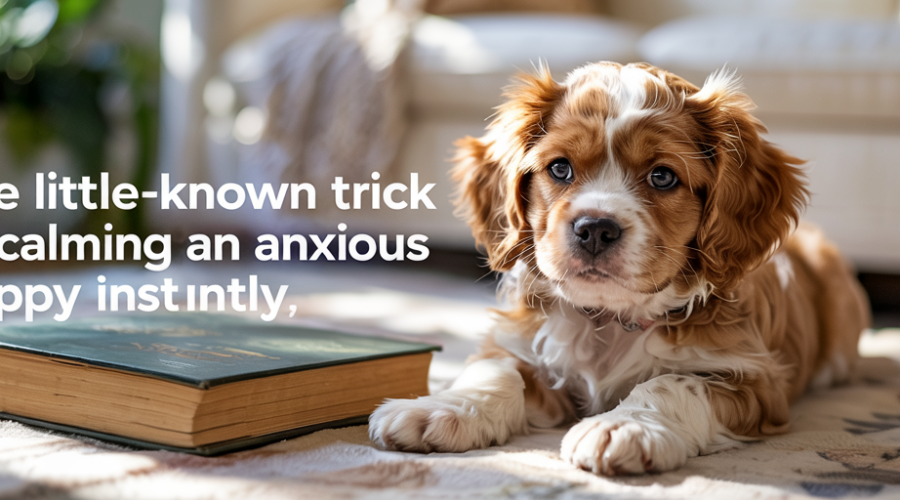
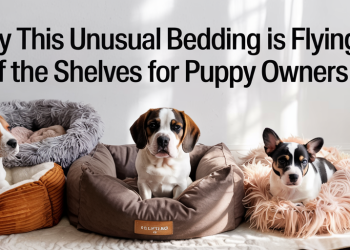


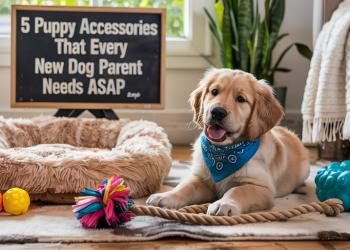
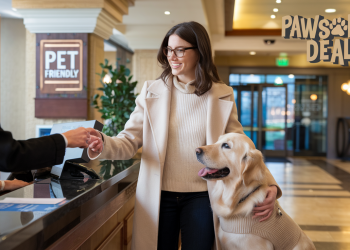
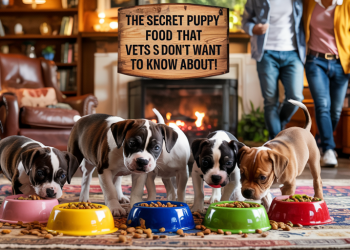

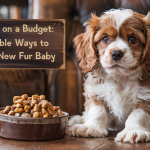
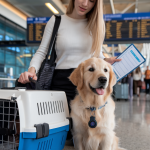


Comments (0)